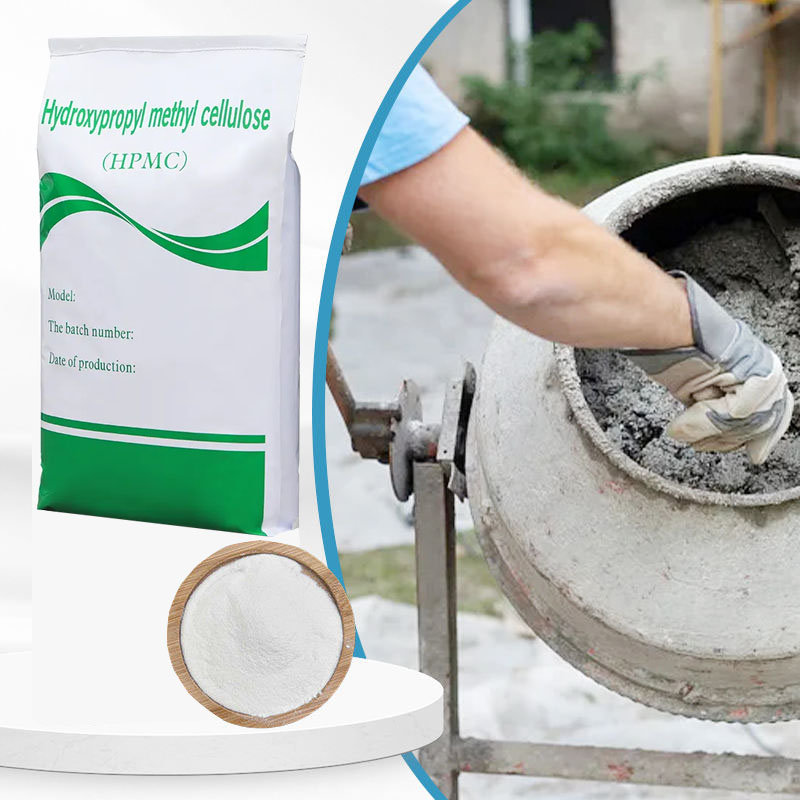ABBREVIATION:HPMC
HS code of HPMC in CHINA:39129000
Full Name:HYDROXYPROPYL METHYL CELLULOSE(HPMC)
Name in different areas:200000 mpas hydroxypropyl methyl cellulose powder ether hpmc for putty
Other name:HYDROCEL CW 4000 CR (HYDROXYPROPYL METHYL CELLULOSE) (EXCIPIENT) 39 1800
Russian name:ХИМИЧЕСКАЯ ДОБАВКА (HYDROXYPROPYL METHYL CELLULOSE) COMPOUND KFC001 ДЛЯ ПРОИЗВОДСТВА СУХОЙ СТРОИТЕЛЬНОЙ
CAS NO.: 9004-65-3
Condition or appearance: White or yellowish powder,no obvious coarse particles,impurities
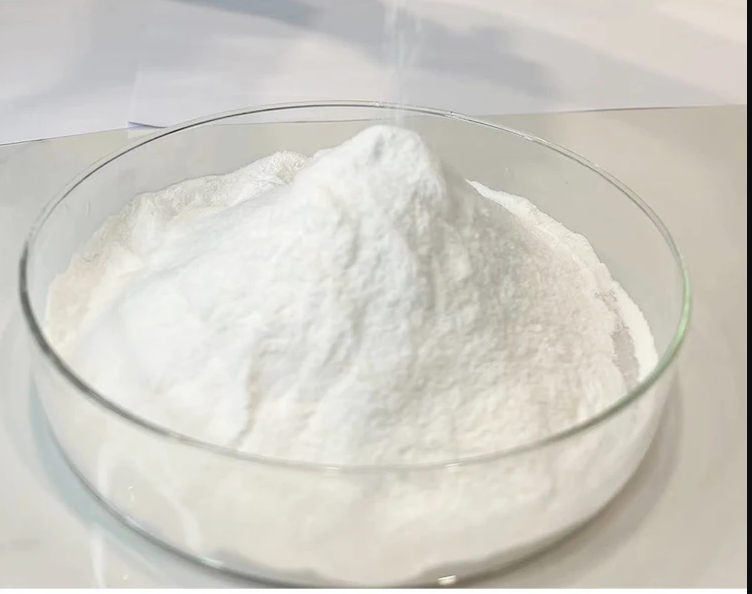
Packing:25kg woven bags with PE membrane or bag.
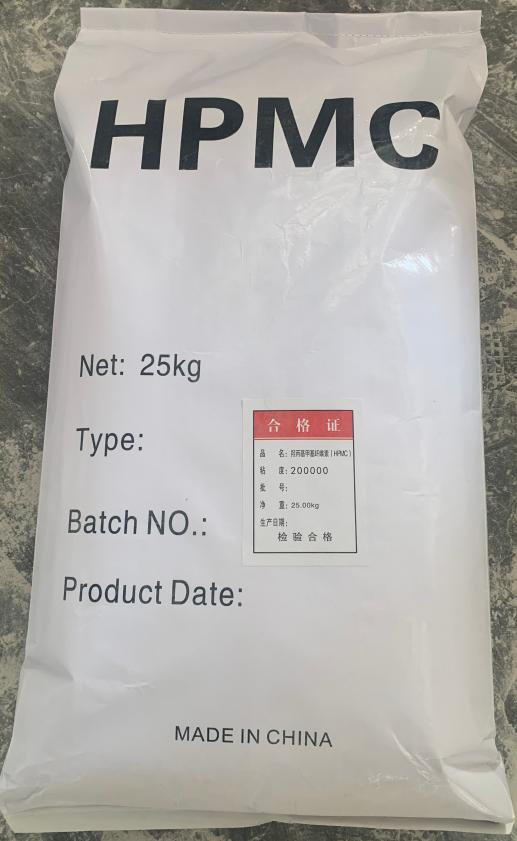
Content of Methoxy(%):19-33 ;
Content of Hydroxypropyl:4.0-12.0
Gelation temperature:60-90℃
Light transmittance:≥80%
Moisture:less than 5%
ASH(%):4-12; Ash content can be controlled under 1.5%.
PH value:7-8.
Purity:99%
Particle size:80
Mesh passed 100%
Viscosity:100000-200000m Pa.s
Viscosity with customized range: 100-220000m Pa.s

Detailed introduction of HPMC:
Hydroxypropyl methylcellulose has the following indicators in total:
One: viscosity: Now the viscosity is basically between 400-2200000.
Hydroxypropyl methylcellulose with a special process of 400 viscosity is generally used to make gypsum self-leveling products, and the price is 5000RMB per ton more expensive than ordinary products.
Generally speaking, this indicator is not important, but it is only one of the quality evaluated by insiders, and the specific end product is analyzed on a case-by-case basis.
2. Ash: The ash content of pure goods is generally about 3, that is, what proportion of impurities is contained in every 100% of the product. Cellulose is washed with water, but there will always be 2-5% impurities. This is something that needs to be seen. But there are also some things that are added without adding ash.
Three: moisture: moisture is also a kind of impurities, that is, the degree of drying, generally speaking, the ash moisture is added, can not be more than 10, the smaller the better.
Four: water retention: This indicator is the key to the product, because no matter what product is used, the core of the role of cellulose is water retention.
Now different manufacturers have different processes, and there are several ways to detect water retention, and if you make a comparison, you need to use the same way to carry out it.
Five: gel temperature, methoxy content
As mentioned earlier, the most important thing is water retention, and the key lies in the level of methoxy content. Nowadays, the methoxy content is generally not measured, but it is actually the most important.
Six: density
Density means the thickness (mesh) of cellulose, and generally speaking, moderate or slightly smaller volume is better, because in the sense of a monolayer, the amount of propylene oxide input affects the volume.
Hydroxypropyl methyl cellulose is combustible, and after combustion, it is generally burned out relatively flat, and it is pure (in terms of the current process). Because I didn’t look at this before, it didn’t look good when burned, but the quality of the goods was still good. It’s just that people are asking for more now, but in fact, they can’t grasp the key point.
Of course, there are some low-cost things added to it, and this effect is also produced, but there are different ways to detect them, which is the experience of the industry.
HPMC application on construction field.
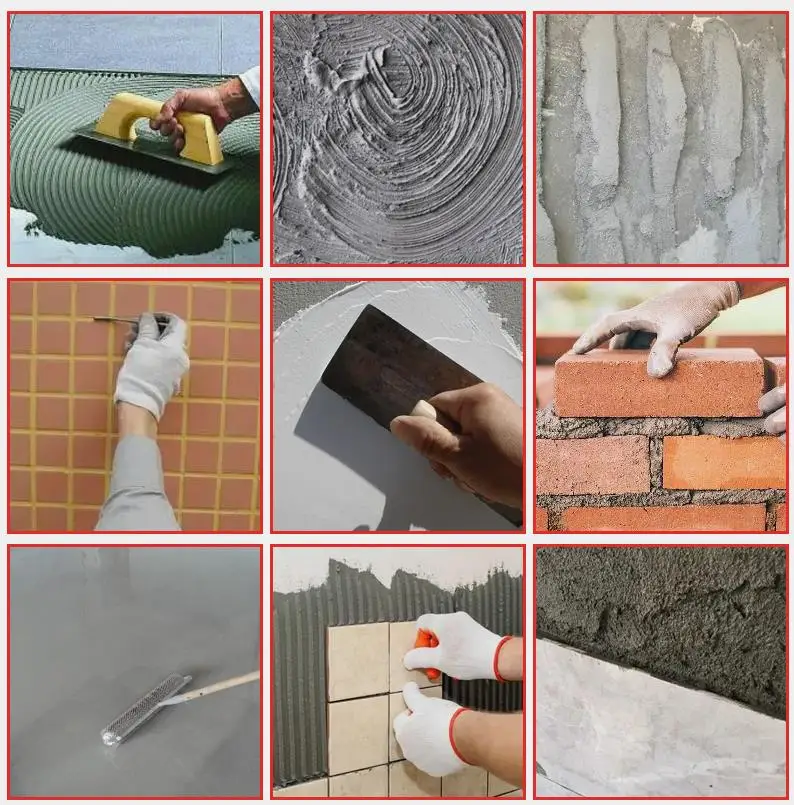
1. Construction mortar plastering mortar
The water retention of HPMC can fully hydrate the cement, significantly increase the bond strength, prevent cracks, improve the strength of cement, and appropriately improve the tensile strength and shear strength, greatly improve the construction effect and improve the work efficiency.

2. Water-resistant putty
In putty, HPMC cellulose ether mainly plays a role in water retention, bonding and lubrication, avoiding cracks and dehydration caused by rapid water loss, and at the same time enhancing the adhesion of putty, reducing the phenomenon of sagging in construction, which is a relatively smooth and victorious construction.
Better tile adhesives after used with HPMC.
Tile adhesive grades of HPMC provide varying open time and sag resistance, depending upon required specifications.
HPMC allows the hydration reaction to complete farther, thus allowing higher final adhesion strength to develop, especially for high water-cement ratio formulas.
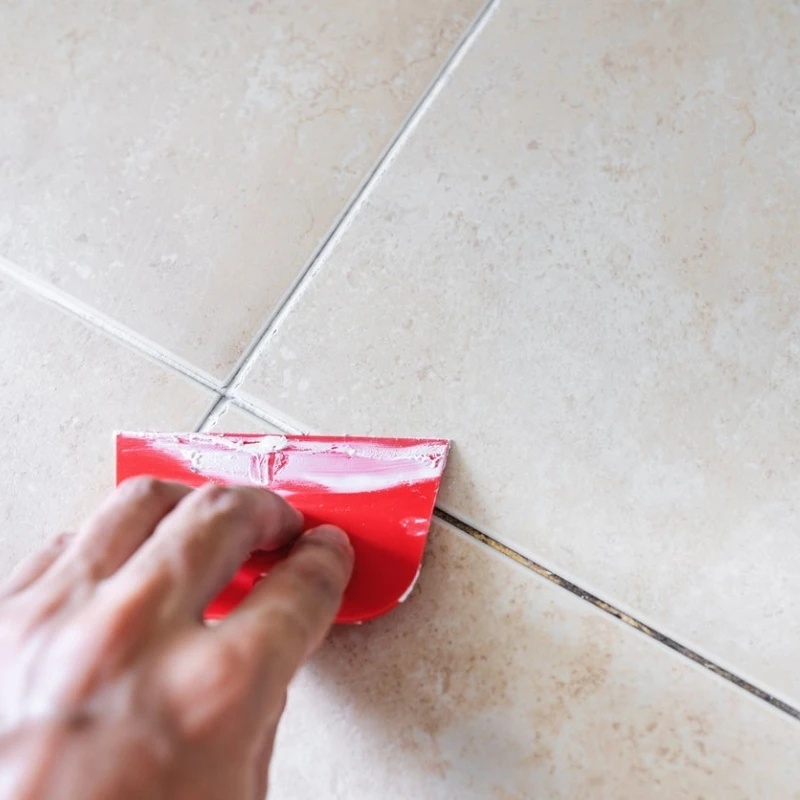
3. Stucco gypsum series (gypsum coagulation slurry)
In gypsum series products, HPMC cellulose ether mainly plays the role of water retention, thickening, lubrication, etc., and has a certain retarding effect, which solves the problem of drum cracking and initial strength in the construction process, prolongs the working time, and increases the adhesion to the substrate.

4. Interface agent
HPMC is mainly used as a thickener to increase tensile strength and shear strength, improve surface coatings, and enhance adhesion and bond strength.
5. Exterior wall insulation mortar
6. Coating of asbestos and other refractory materials:
HPMC can be used as a suspension agent to improve fluidity, and also increase the bonding strength of the substrate.
7. Latex putty:
HPMC is latex oil based on resin latex to improve fluidity and water retention.
8. Mortar:
HPMC is used as a slurry instead of natural substances, which can improve water retention and increase the adhesive bond with the same substrate.
9. Coatings:
HPMC can be used as a plasticizer for latex coatings, which can improve the operating performance of coatings and putty powders and improve their fluidity.
10. Spraying:
HPMC has a good effect on preventing the leakage of fillers such as cement or latex, improving fluidity and spray beam pattern.
11. Cement and gypsum secondary products:
HPMC is used as an extrusion molding binder for hydraulic materials such as cement-asbestos to improve fluidity and obtain uniform molded products.
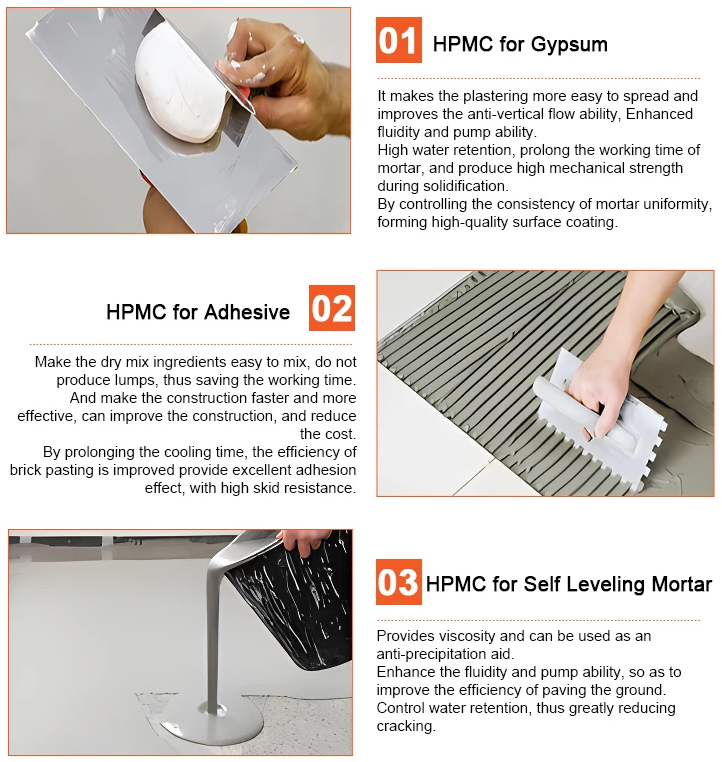
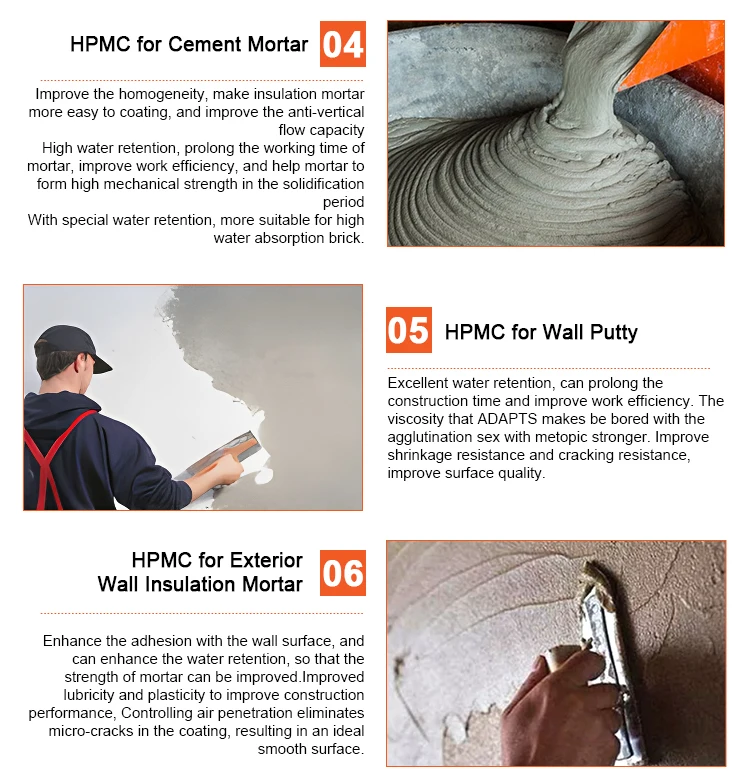
Typical Applications of HPMC
1. In Cement Based Products:
(1) Tile Adhesive;
(2) Wall Putty;
(3) Self-Leveling;
(4) EIFS/ETICS
2. In Gypsum Based Products:
(1) Gypsum Machine Plaster;
(2) Gypsum Hand Plaster;
(3) Gypsum Finishing Plaster;
(4) Joint Filler, Crack Filler
3. HPMC Used For Detergent:
(1) Washing Liquid;
(2) Dish Wash;
(3) Shampoo;
(4) Lotion

